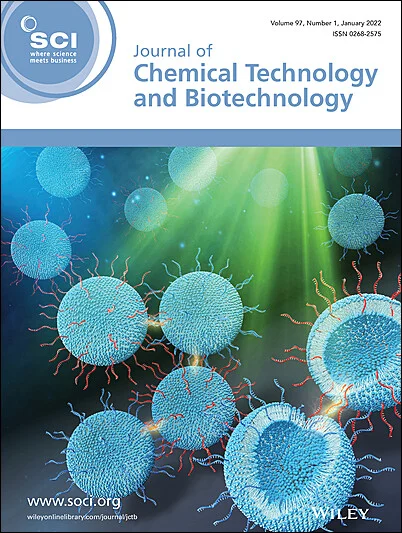Fast and efficient preparation of a carbonaceous catalyst from the rice husk under microwave irradiation for the conversion of xylose into furfural
Abstract
BACKGROUND
Furfural is an important platform compound obtained through the dehydration of xylose, a key component of lignocellulosic biomass. Carbonaceous catalysts for this conversion have received rising interest due to low-cost price and easy modification. Rice husk is an abundant agricultural waste that could be employed as a carbon source for the preparation of many carbon materials, especially through green methods.
RESULTS
A carbonaceous catalyst (RH-SO₃H) derived from rice husk through microwave (MW)-assisted carbonization and sulfonation was employed as the catalyst for the conversion of xylose to furfural in dimethyl sulfoxide (DMSO). Fourier transform infrared (FT-IR) spectroscopy results indicated that RH-SO3H had typical signals of Brønsted acid groups while other characteristics were examined through other techniques, namely X-ray diffraction (XRD), energy-dispersive X-ray (EDX) spectroscopy, Raman spectroscopy, scanning electron microscopy (SEM), and elemental mapping. Through many investigations, the furfural yields were impacted by the nature of solvents, substrate concentrations, catalyst dosages, reaction temperatures, and reaction time. A furfural yield of 60.3% was obtained at 160 °C for 8 h. The catalyst recyclability and the scalability ability of the procedure were examined, and a mechanism was also proposed.
CONCLUSION
Rice husk could be used as a starting source to prepare a carbon material via a MW-irradiated protocol. The conversion of xylose to furfural under the catalysis of RH-SO3H was easily operated, and the desired product was obtained in good yield. The crucial advantages of the current process are environmentally friendly, inexpensive, simple, and highly large-scale application. The findings pave the way for eco-friendly industrial applications, promoting circular economy principles and reducing reliance on non-renewable resources in platform chemical production. © 2025 Society of Chemical Industry (SCI).

 求助内容:
求助内容: 应助结果提醒方式:
应助结果提醒方式:


